|
Home
Syllabi
Packet Info
| |
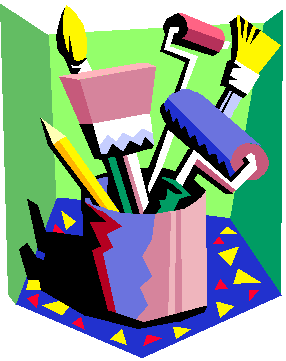
A Visual Check-List
 |
Is your visual worth making?
|
Is it essential to the understanding of your lesson?
Is it aimed at your audience?
Does it deserve the emphasis which a visual gives?
Have you clearly defined your objective?
 |
Will words alone describe your point?
|
If words are sufficient, don't make a visual.
 |
Does the visual complement the verbal commentary?
|
Your visual should supplement the verbal medium rather than
replace it.
 |
Does your visual achieve unity?
|
Is it free from incompatible and complicating ideas, symbols,
art techniques, or type faces?
 |
Are your symbols acceptable?
|
Have you considered your audience?
Are you symbols meaningful to your audience?
 |
Is it visually fluent?
|
Is the art functional or ornate?
Is it really one visual or several?
Are complex subjects presented in comprehensible units (overlays)?
Was the art work designed for this medium, or borrowed without modification from
another type of presentation?
 |
Is the visual honest?
|
Have the facts been distorted?
 |
Does it utilize all available techniques which will improve its
efficiency?
|
Is color used effectively?
Have you considered sequential disclosure or build-up?
 |
Is the visual intended for the benefit of the audience or of the
speaker?
|
Have you avoided projecting "Program Notes" or
"Outlines"?
Is your transparency a visualization or a "reading session"?
 |
Is your visual completely readable by the entire audience?
|
Will there be an unobstructed view of the screen?
Is the printing large enough?
If you can't read it from the back row--don't use it. (20 point font is
generally recommended.)
 |
How much effort did you put into the visual?
|
Is it as good as you can make it?
Have you sought criticism from others?
Have you tested the visual?
 |
Has it achieved your objective?
|
Has your audience understood it?
Has it changed attitudes and/or behaviors?
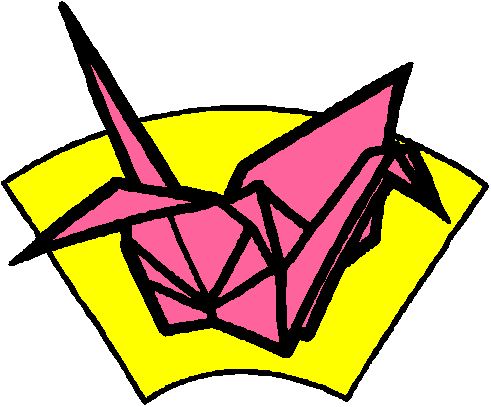
Tips on Displays
 |
Choose a subject
|
 |
Draw a plan--make rough sketches
|
 |
Make a scale model
|
 |
Keep lettering strong and simple
|
 |
Include 4 key elements of poster design:
 |
The illustration
|
 |
The Title
|
 |
The body copy
|
 |
Open space
|
|
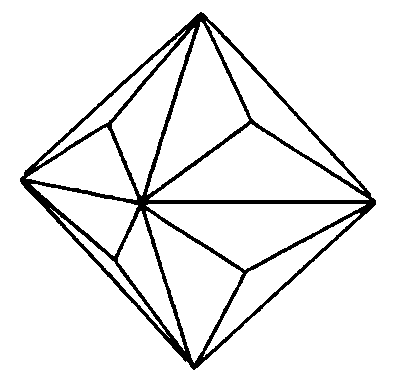
Notes on Constructing Educational Displays
Materials to use
 | real material (specimens, hardware etc.) |
 | pictures, photographs |
 | construction paper, tag board |
 | yarn, string, rope, wire, florescent tape |
 | fabric, arts & crafts supplies |
 | contact paper |
 | foil |
 | almost anything... |
Lettering Materials
 | prepared letters |
 | letters from computer graphics |
 | stencil |
 | transfer letters |
 | large enough to read easily across the room |
Attachment Materials
 | Velcro |
 | thumb tacks |
 | staples |
 | brads |
 | pins |
 | tacky gum |
 | double sided tape |
Creating graphics
 | using a scanner |
 | computerized software |
 | opaque projectors |
 | overhead projectors |
Labor
 | You and your creative brain!!! |
 | Students--involve them in the creation of boards and
displays. Even less artistic students often have brilliant
ideas. Involving them increases their interest in the subject matter. |

Display Evaluation
item
|
points
|
headlines/title
 | Easy to see, read; can be seen from a distance |
 | Originality, grabs attention |
 | Purpose is clear, understandable for target
audience |
|
25 |
headlines/headings are illustrated
 | Items clearly labeled, captions for all pictures |
 | Photos in color, large, real people or activities |
 | Material on display has clear purpose |
 | Audience participation devices; live exhibits |
|
25 |
effective arrangement
 | Pleasing, well-planned use of specific colors |
 | Balanced: space, color design, shapes or
symbols |
 | Center of interest |
 | Well organized; idea flows |
|
25 |
overall effect
 | Message clear, understandable, applies to viewer |
 | Gets attention |
 | Passes 10 second test |
|
25 |
total
|
100 |
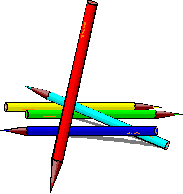
Function of Resource Materials
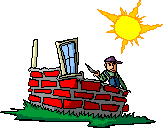 ....coming soon! ....coming soon!
|

 The University of Arizona
The University of Arizona![]()